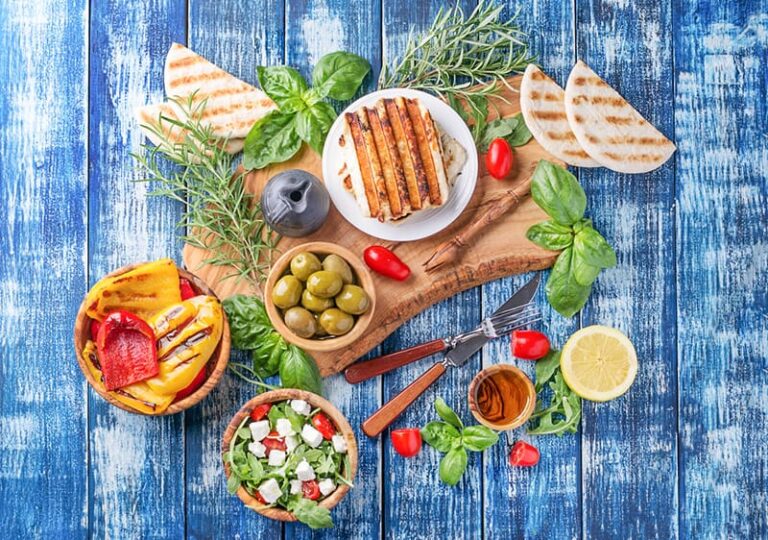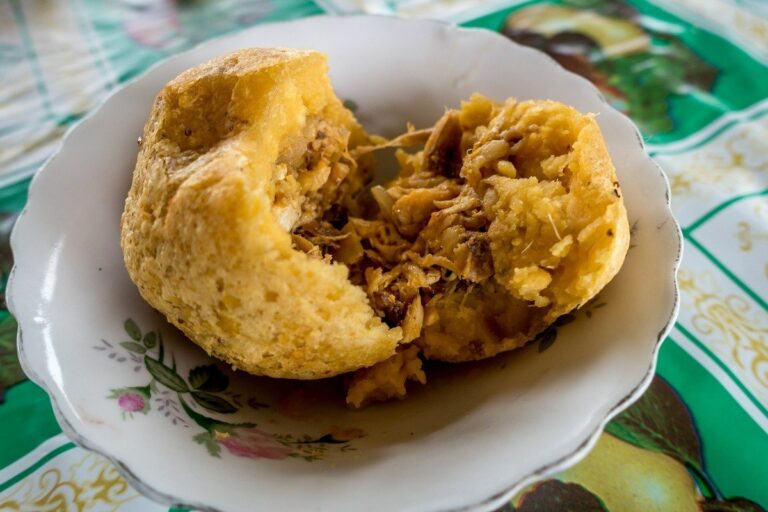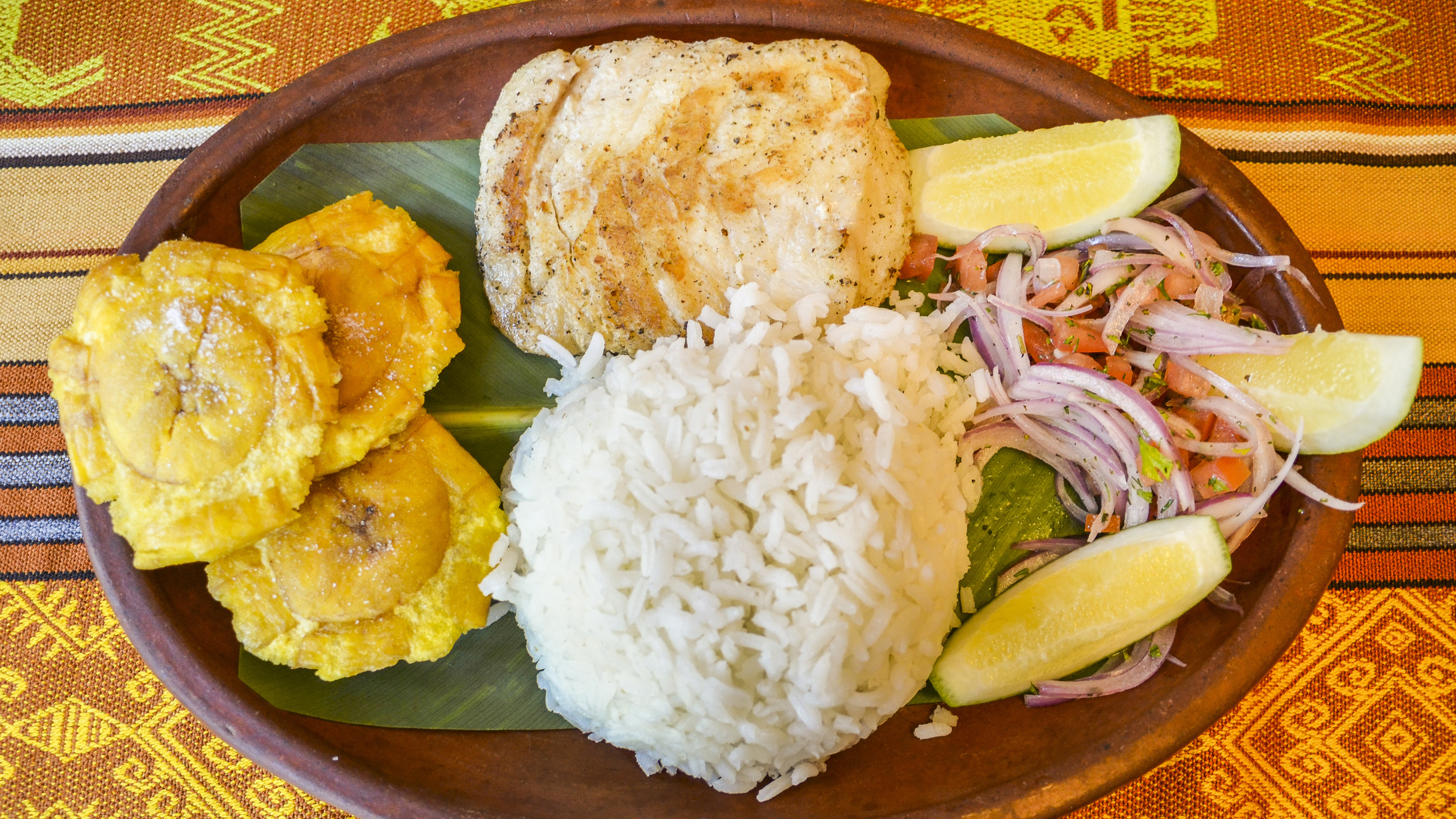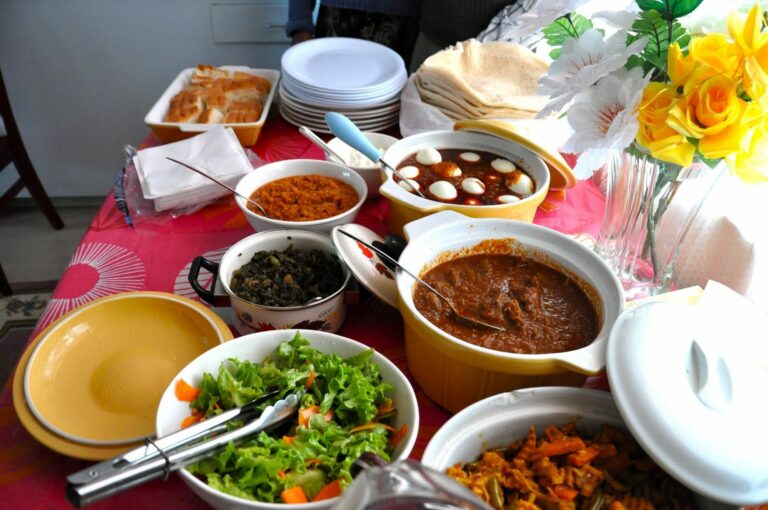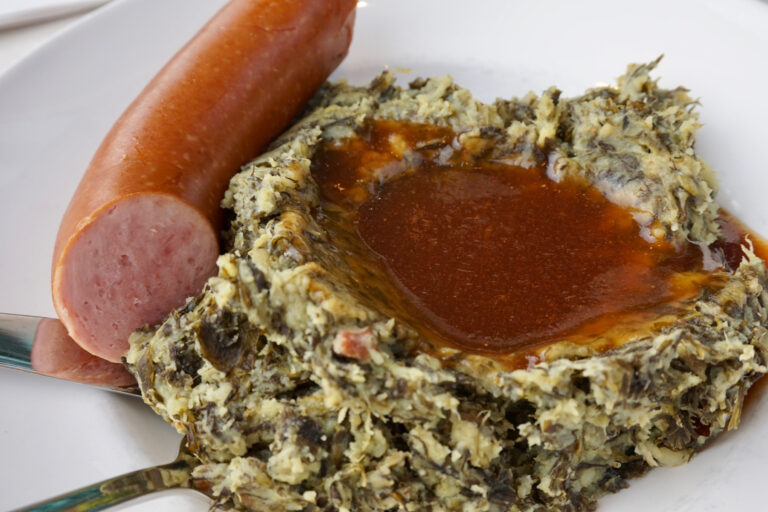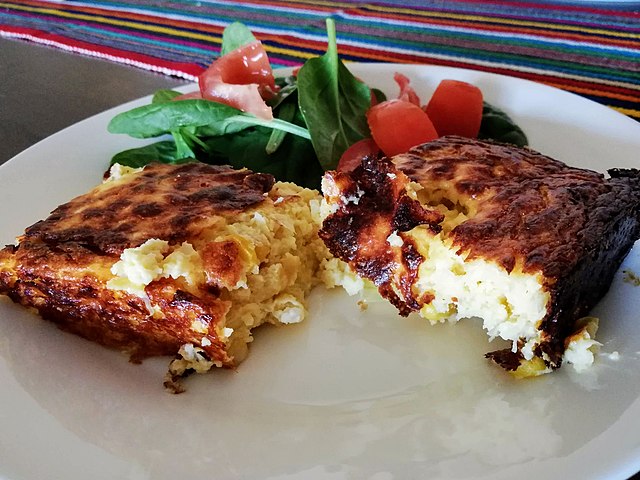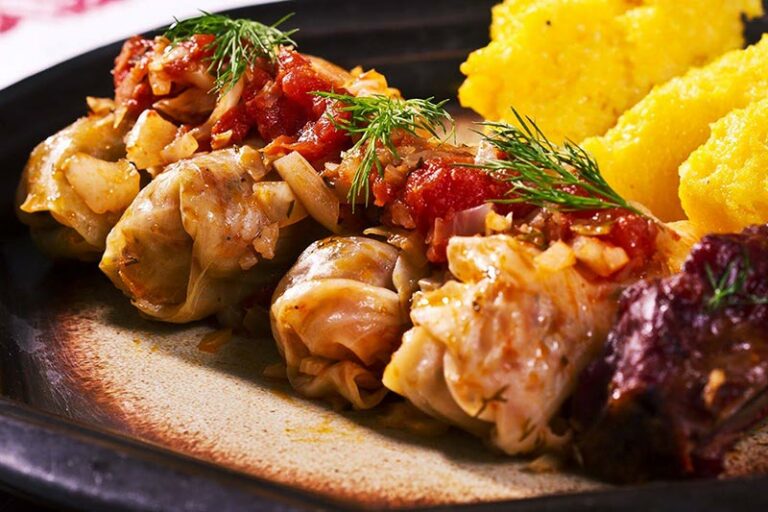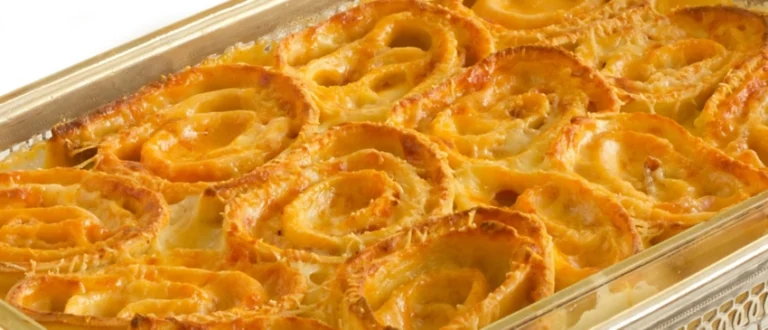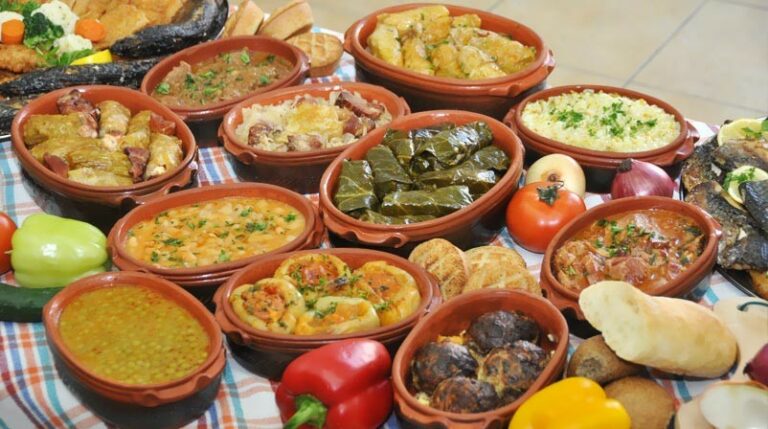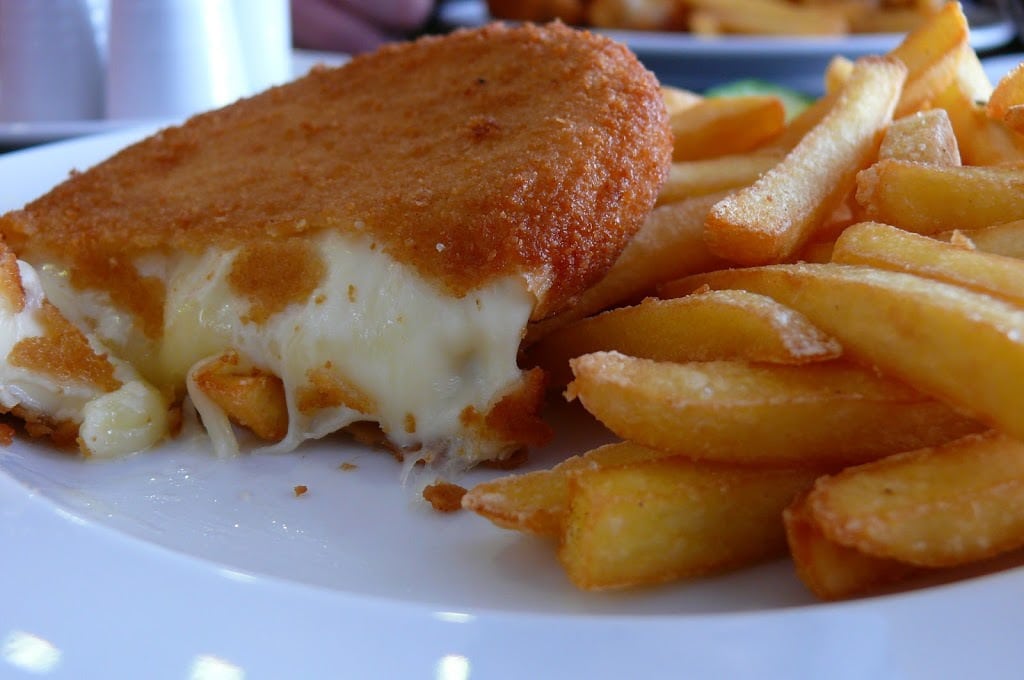Introduction: Cypriot Cuisine and Halloumi Cheese
Cypriot cuisine is a reflection of the island’s history and geography, blending flavors and techniques from Greek, Turkish, Middle Eastern, and Mediterranean traditions. One of the most distinctive ingredients in Cypriot cuisine is halloumi cheese, a salty and rubbery cheese that can be grilled or fried without melting.
Halloumi Cheese: Origin and Characteristics
Halloumi cheese has been a staple of Cypriot cuisine for centuries, with records dating back to medieval times. The cheese is made from a mixture of sheep’s and goat’s milk, although cow’s milk can sometimes be used. The milk is heated and curdled using a plant-based coagulant called rennet, which separates the curds and whey. The curds are then shaped into blocks and brined in a solution of salt and water, which gives halloumi its characteristic salty flavor and rubbery texture.
Halloumi Cheese: Nutritional Value and Benefits
Halloumi cheese is a good source of protein, calcium, and phosphorus, making it a valuable addition to a balanced diet. However, it is also high in sodium and saturated fat, so it should be consumed in moderation. Some studies have suggested that the probiotics found in halloumi cheese may have beneficial effects on gut health and digestion.
Halloumi Cheese: Preparation and Production
Making halloumi cheese is a labor-intensive process that requires skill and experience. The milk must be heated to a precise temperature and the curds must be carefully separated from the whey to ensure the proper texture. Once the cheese is formed into blocks, it is submerged in brine for several hours to enhance the flavor and texture.
Halloumi Cheese in Cypriot Meze and Main Dishes
Halloumi cheese is a versatile ingredient that can be used in a variety of dishes, both as a main component and as a garnish. In traditional Cypriot meze, halloumi is often served grilled or fried alongside other small plates like olives, hummus, and stuffed grape leaves. It is also used in salads, sandwiches, and pasta dishes.
Halloumi Cheese: Popular Cypriot Recipes
One of the most popular Cypriot dishes featuring halloumi cheese is “halloumi saganaki,” which is a fried cheese dish served with a tomato-based sauce. Another popular dish is “afelia,” which is a stew made with pork and red wine and served with halloumi cheese on top.
Halloumi Cheese: Cultural Significance and Traditions
Halloumi cheese is a symbol of Cypriot culture and heritage, and is often used in traditional celebrations and festivals. It is also a popular souvenir for visitors to the island, who can purchase vacuum-sealed packages of the cheese to take home with them.
Conclusion: The Versatility of Halloumi Cheese in Cypriot Cuisine
Halloumi cheese is a beloved ingredient in Cypriot cuisine, prized for its salty flavor and unique texture. Whether grilled, fried, or served in a stew, halloumi adds a distinctive touch to many traditional Cypriot dishes. Its popularity and cultural significance make it an important part of the island’s culinary heritage.

